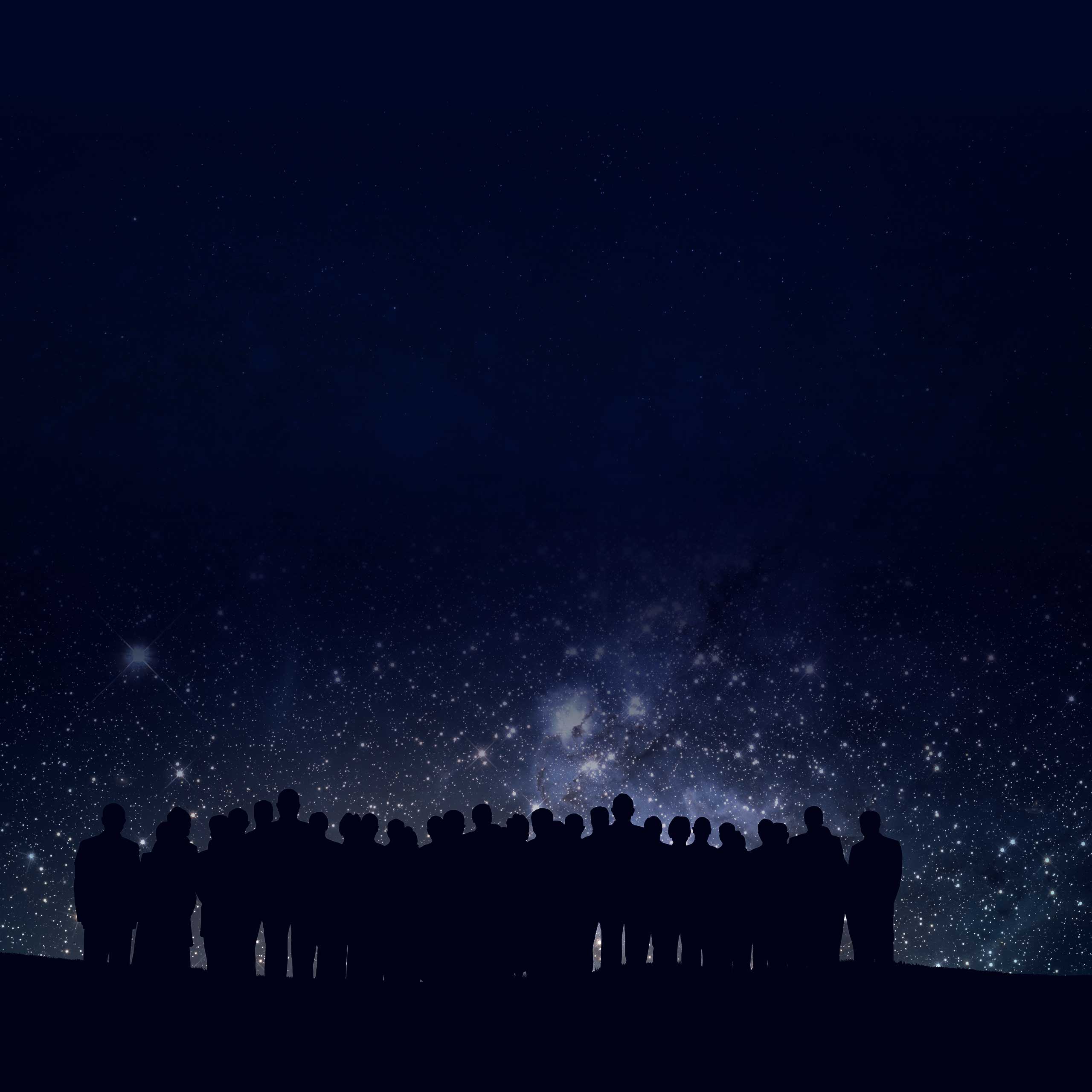
Community Club
What is the SKY CANVAS Community Club?
The team at SKY CANVAS are, above all else, space and space science fanatics. We have found our way into the space industry and the SKY CANVAS team because we care about the development of sustainable space exploration.
Humans have always sought to push the boundaries of our knowledge and understanding of our surroundings. So space exploration is a natural step of this continued learning.
But this expansion comes with risks. Risks of damaging our home planet, of damaging our skies, and of damaging the very space we wish to explore. We have created the SKY CANVAS Community Club to engage the planet’s current and future space fanatics to discuss and learn about space and space sciences, with a special focus on the development of sustainable space exploration.
The SKY CANVAS Community Club is an Edutainment project where space enthusiasts can:
Meet likeminded space fanatics in our Discord
Get access to interesting educational content in the form of interviews, presentations, and AMAs with space industry experts and thought leaders
Follow the journey of SKY CANVAS as we prepare for delivering the first ever human-made shooting star experience
Find out about other exciting space related news and events
Plus more benefits for our VIP Pass holders
We have a lot of plans for where we would like the SKY CANVAS Community Club to go, and as a full member of the club you will even be able to help decide on this path. But as with everything in space exploration, giant leaps are made first with small steps.
Thank You,
The SKY CANVAS Team